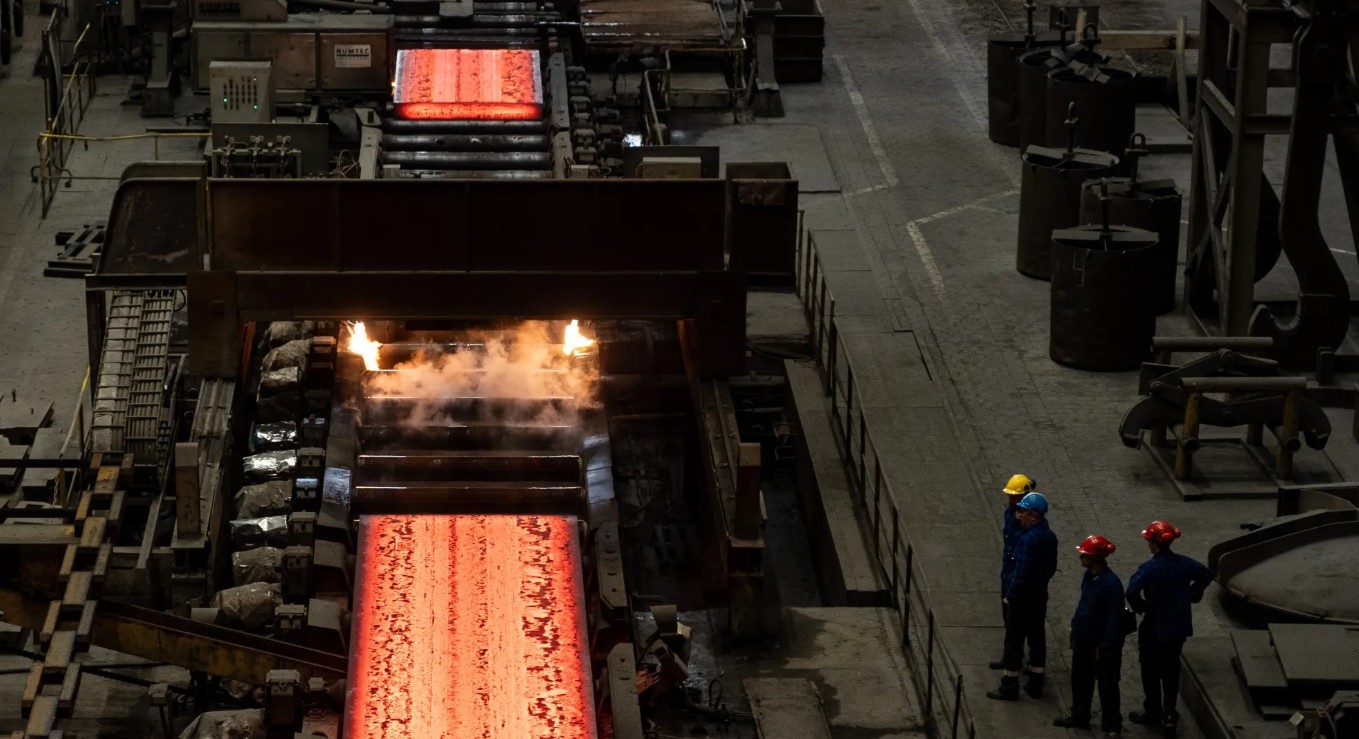
Aluminum Market in 2024: Stable Demand and Promising Long-Term Growth
The aluminum market in 2024 shows stability. Supply and demand remain balanced, with moderate growth projections. Industry players highlight key factors like demand for aluminum products, inventory strategies, and economic pressures shaping the market.
Stable Demand with Minor Seasonal Softening
Demand for aluminum flat-rolled products in 2024 remains steady, mirroring 2023 levels. There’s some seasonal softening, but no significant drops. John McClatchey, VP of Sales at SAF, Atlanta, noted that demand spikes during summer due to commercial construction. However, it has remained flat for the past two summers. McClatchey stated, “This summer and last summer were busier than others, but not as busy as expected.” Domestic supply remains steady, and McClatchey forecasts low demand unless business conditions improve.
On the supply side, Greg Weekes, President of Eastern Metal Supply, reports a slight increase in demand. However, material availability is not an issue. U.S. extrusion companies added 32 new presses in the past 18 months to meet production needs.
Economic Forces Impact Pricing
Aluminum prices are increasingly influenced by financial market movements, not just supply and demand. Mike Weis, VP of Sales at Petersen, explained, “More money flows into commodities as a hedge against inflation, impacting daily pricing.” Although the market remains volatile, currency movements, rather than supply-demand factors, appear to drive price fluctuations. Kaustubh Chandorkar of CRU believes demand growth is slowing, making current price increases unsustainable without higher demand.
Inventory and Tariff Strategies Adjust to Global Trade Policies
Aluminum companies have adjusted their inventory strategies in response to trade actions. Orlando Ferran, President of Aluminum and Metals Services, says his company increased inventory to six months. This helps mitigate supply risks, especially after previous disruptions. “We had to expand inventory from three or four months to six months,” Ferran stated, emphasizing the need to avoid client shortages.
Tariffs and trade actions significantly impact aluminum pricing and trade flows, particularly in the U.S. market. McClatchey recalled that during the Trump administration’s tariffs, SAF had to source aluminum overseas, which added costs. However, SAF now has access to domestic supply and tariff exemptions.
Long-Term Growth: Electric Vehicles and Packaging Drive Demand
Looking ahead, the aluminum market is poised for growth. Sectors like electric vehicles (EVs) and packaging will fuel demand. CRU’s Matthew Abrams noted that aluminum use in the automotive sector will increase due to the demand for lightweight materials. “Aluminum will help improve fuel efficiency and battery performance in EVs,” Abrams said.
The beverage packaging sector is also growing. McClatchey explained, “If aluminum captures a small share of the growing beverage can market, it will drive significant volume increases.”
Risks: Inflation, Scrap Availability, and Political Instability
The aluminum market faces several risks, despite long-term growth prospects. Inflation, rising interest rates, and global political tensions are key concerns. Ferran warned that removing tariffs could destabilize prices and hurt domestic producers. Scrap availability is also a challenge. The industry aims to improve recovery rates to meet decarbonization goals.
Weekes added that inflation and the cost of money are major risks. These factors have already affected the housing market, reducing activity.
Future Trends: Consolidation and Strategic Acquisitions
The aluminum industry may see consolidation, especially among family-owned businesses facing generational transitions. McClatchey predicts that the business cycle will continue, with new companies emerging to replace consolidations. Weekes confirmed that Eastern Metal Supply is pursuing acquisitions, having recently added two companies to its portfolio. Aluminum distribution remains an attractive investment, especially in sectors like automotive and packaging, which offer strong long-term growth.
Conclusion: The Aluminum Industry on Solid Ground
Despite challenges such as inflation, tariffs, and political instability, the aluminum market remains on solid footing in the short to medium term. Demand growth in key sectors like EVs, packaging, and infrastructure will drive the industry. Players will continue to adjust their strategies to navigate supply chain disruptions and fluctuating prices.











Leave a Reply
You must be logged in to post a comment.